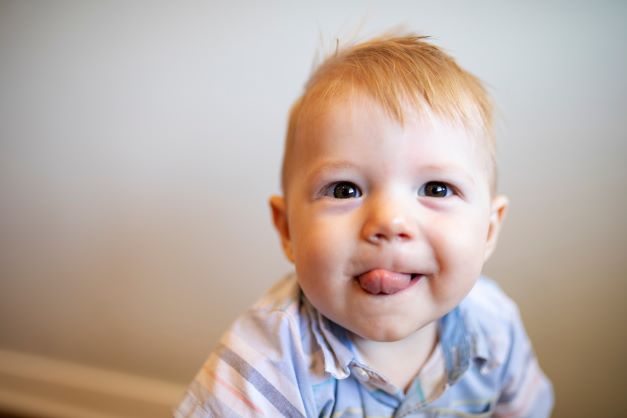Last Updated on: 5th December 2024, 09:44 am
Teething signifies a significant stage in a child’s development, as it signals the emergence of their primary teeth, typically occurring between six to twelve months of age. Nevertheless, it can be a strenuous period for both parents and children due to the possible symptoms that may arise. Thus, this article aims to outline the common symptoms that toddlers may encounter during teething. In this article, you will learn about teething symptoms of toddlers and preventive tips that should follow to maintain your child’s good oral health.
Teething symptoms of toddlers
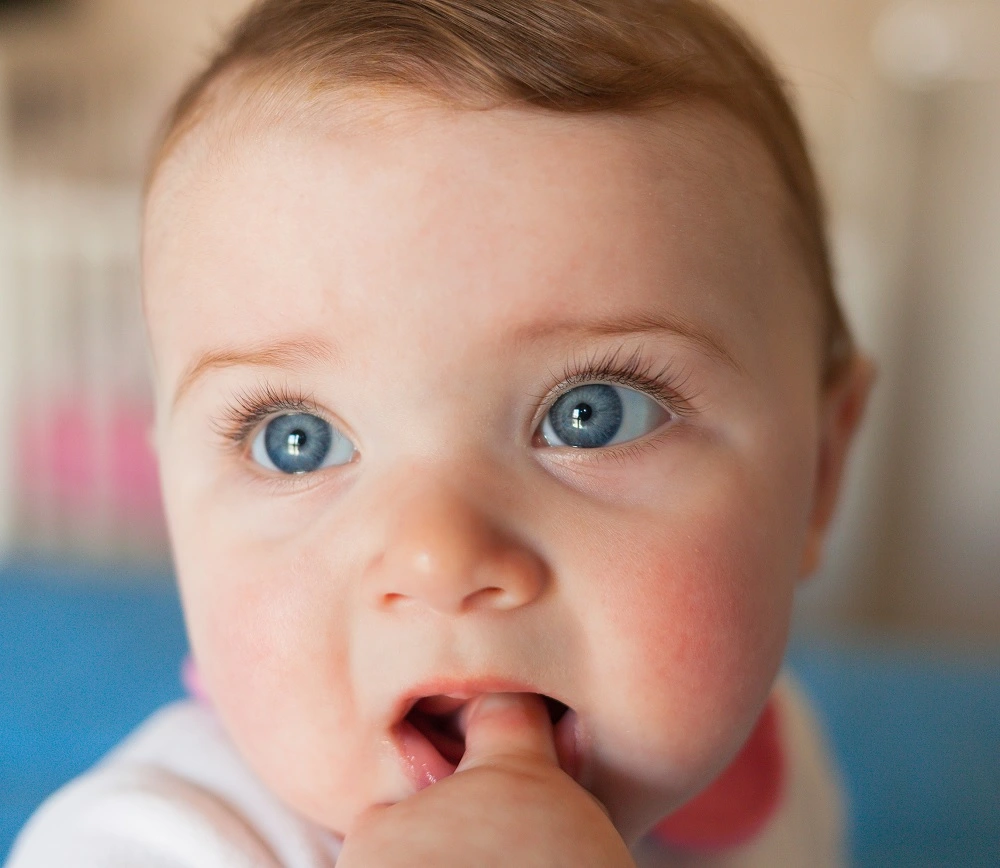
When do the primary or baby teeth start to appear?
Tooth eruption is a dynamic process, beginning with the formation of the dental germ during the development of the fetus to its placement in the oral cavity, positioned within existing teeth of various functions. It happens during the sixth week of pregnancy and continues to develop until appearing in the mouth. That is why the nutrition of the pregnant woman is so important; any health problems of the mother or baby during this period could affect the structure of the primary teeth. For example, premature and / or low-birth-weight babies are more likely to have enamel abnormalities than full-term babies.
Importance of milk teeth
Temporary teeth are essential for the correct development of the oral cavity. However, they are often considered unimportant and easily disposable because they will be replaced by “real” teeth a few years after their appearance. It is important for the dentist to emphasize the importance of early dentition because their functional components perfectly fulfil the role of milk teeth during the first years of life. Milk teeth ensure functional stimulus for the full development of the dental arches, preserving space for permanent teeth and defining the temporal path along which they should erupt, under ideal conditions.
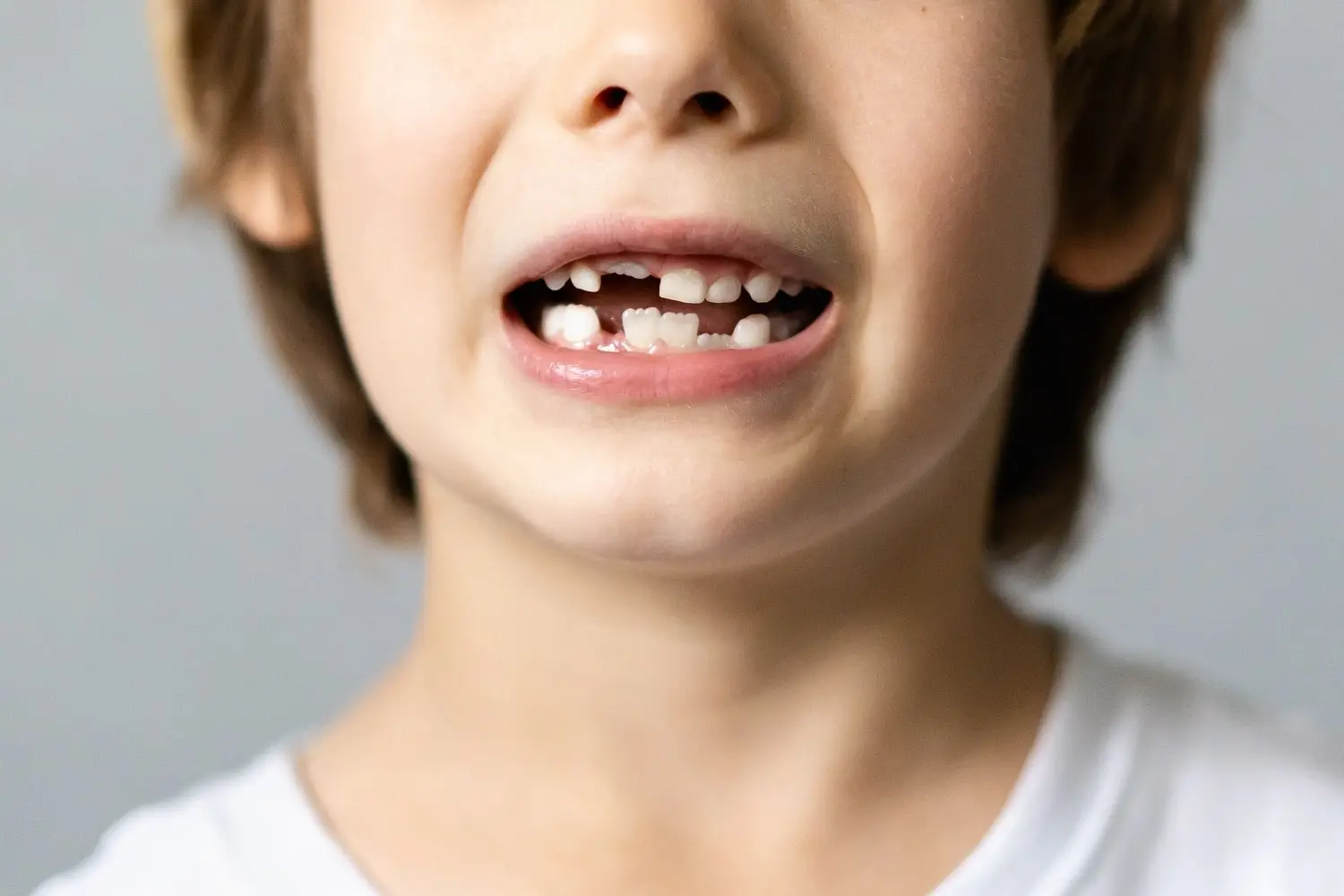
The premature loss of “milk teeth” due to cavities as a result of poor hygiene habits has serious repercussions by reducing the space the permanent teeth will need, causing dental crowding (teeth on top of other teeth). This, in turn, prevents adequate hygiene and proper functioning, producing more cavities and alterations of the gums and bones (gingivitis and periodontal disease) along with the aesthetic and psychological alterations that crowding and malocclusion can produce in the patient.
Today, bullying is very common among children. Apart from the pain of having ill-formed teeth, these children are made fun of by their peers for their appearance, which can damage psychological mood, causing depression.
The general population should be made aware of the importance of primary dentition and the impact care has on future dental health and correct adult occlusion
Functions of the temporary teeth
● Guide eruption of permanent teeth (the root of the tooth will guide the permanent tooth into position)
● Keeping the necessary space for the permanent teeth
● Proper development of speech (phonation)
● Helps with the development of the ability to chew food
● Stimulation of the growth of the jaw through chewing
● Oral aesthetics
● Swallowing
When a temporary tooth is lost prematurely, the gum becomes fibrous (hard); therefore, when the permanent tooth wants to come out, it cannot due to the hardness of the gum. Many time a treatment called a “ulectomy” is required, which consists of cutting the child’s gum, so the permanent tooth can erupt.
How many teeth should we have?
Humans have two types of dentition: the deciduous or temporary, composed of 20 teeth, and the permanent, with 32. After the formation and mineralization of the crowns, the roots of the teeth and the supporting tissues begin to form: cementum, periodontal ligament and alveolar bone.
It is important to mention that temporary teeth are smaller, flatter, and whiter than permanent teeth.
Primary dentition, also known as infantile, milk, deciduous, or primary teething, is the first set of teeth to appear in children at approximately six months of age. This dentition will be replaced from six years of age by permanent dentition.
Temporary teeth are divided into three main categories. (In primary teeth, premolars are not present and permanent):
● Incisor: 8 cloves
● Canines: 4 cloves
● Molars: 8 teeth
The chronology of eruption
The appearance of the first teeth is usually at six months and lasts approximately until thirty months, although there are babies who have their first tooth at three months or a delayed appearance until they are one year old.
The approximate chronology of appearance is:
● 6 to 7 months: central incisors
● 7 months: upper central incisors
● 8 months: lateral incisors superiors
● 7 to 8 months: lateral incisors
● 16 to 20 months: lower and upper canines
● 12 to 16 months: lower and upper first molars
● 21 to 30 months: lower and upper second molars
Signs and symptoms of the eruption of primary teeth
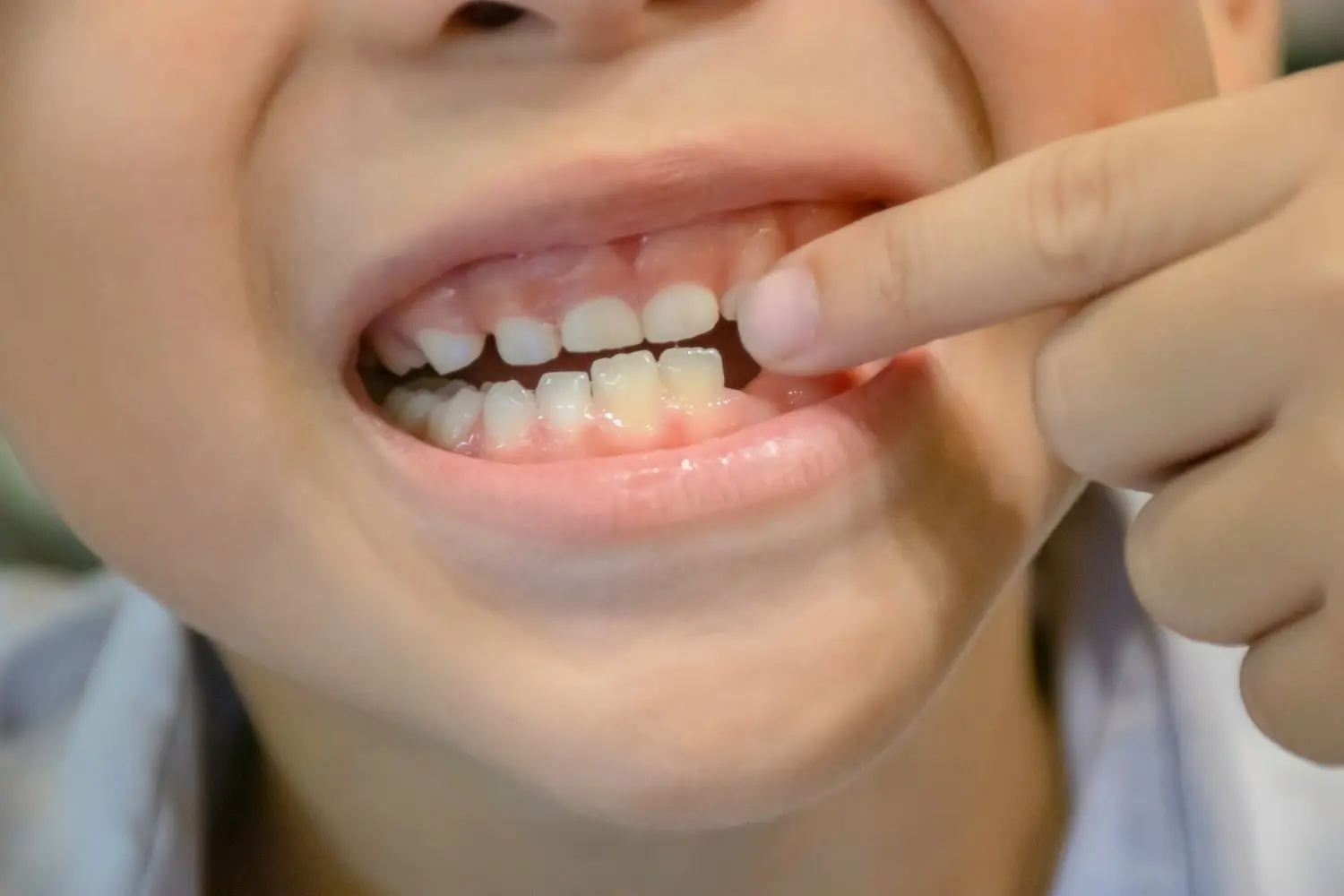
● rever and irritability
● inflamed gingiva
● loss of appetite
● diarrhea
● tendency to bite or chew hard objects
● itchy gums
● trouble sleeping
● sensitive gums
● increased salivation
● thumb sucking habi
Using the bottle
When using a bottle, try to make the opening have a flow similar to that of the mother’s breasts so the baby performs the necessary sucking exercises.
● Never add sugar, honey, sweeteners, or cereals to the bottle. Liquids should be offered in cups, not a bottle.
● From the eruption of the first tooth, avoid the night bottle. If not, it is very important that you clean your mouth before your baby falls asleep.
● The bottle should be limited to 12-18 months of life. After this age, try to get your child to drink all liquids from a cup.
Using Pacifiers
We do not recommend the use of a pacifier since breastfeeding meets all the needs of the oral phase. If used, the pacifier should be limited to 18-24 months of age since there is a strong association between this habit and the alteration of the tongue position, which can cause malocclusion (a bad bite).
Mixed Definition
As the name implies, mixed dentition implies the existence of temporary with permanent dentition. Simultaneously with the replacement of the lower central incisors, the first permanent molars appear, also called “six-year molars” because this is their most frequent age of appearance. Subsequently, the upper and lower central incisors and lateral incisors are replaced, configuring a dentition in which the first four permanent molars are present (two upper and two lower) and the eight permanent incisors (four upper and four lower) coexist with the canines and deciduous molars, a stage that lasts approximately from 6-7 years to 12-13 years.
From the age of 10, the last phenomena of tooth replacement take place; properly speaking, the temporary or milk canines and molars give rise to their replacements: temporary canines for permanent canines and temporary molars for premolars.
Delayed tooth eruption
The non-appearance of a baby’s first teeth at the age when they “should” appear in the mouth is a reason for a frequent consultation with a dentist. It is a subject for socialization among parents, relatives and friends, who compare a similar event in other infants. They often ask for simple, clear answers, allowing them to satisfy their curiosity or calm any anxiety that might be generated. In fact, a delay in the eruption of deciduous dentition is a common fact that can be named as “normal” since it can start after 6 months and up to 2 years.
In cases of anodontia (absence of tooth germ formation), it occurs less in the permanent dentition, usually affecting only one tooth (lateral incisors or third molars). The verification, in any case, is radiological.
There is also anodontia in syndromes of the absence of teeth, but this is less common and often genetic, an evaluation with the specialist can rule out or confirm any disease.
Advancement of tooth eruption
A much less frequent scenario is when there is a premature eruption of the temporary or “milk” dentition. A temporary tooth visible in the mouth at birth, even if it has not fully erupted, is called a “natal tooth.” The term “neonatal tooth” is applied to the temporary tooth that begins to erupt during the first thirty days of extrauterine life. The frequency of presentation of both is very low, yet their appearance has generated myths in fearful parents who link them with bad omens.
They must be cleared by a pediatric dentist to facilitate breastfeeding. In all cases, a consultation with a pediatric dentist is advised, as he or she will verify through radiography whether it is a tooth with normal dentition or a supernumerary one. In the first case, the preservation and care of the tooth is indicated as long as it does not interfere with breastfeeding, while in the second case, extraction is indicated.
Is it bad for a child to suck his thumb?
Finger sucking is a natural reflex for many babies during the first months of life (including inside the womb). However, if it persists, it becomes a difficult habit to eliminate; and in the long term, it causes serious consequences for the child’s bite. If your child is over 3 years old and still sucks his thumb, consult a pediatric dentist for advice.
Oral hygiene in primary teeth
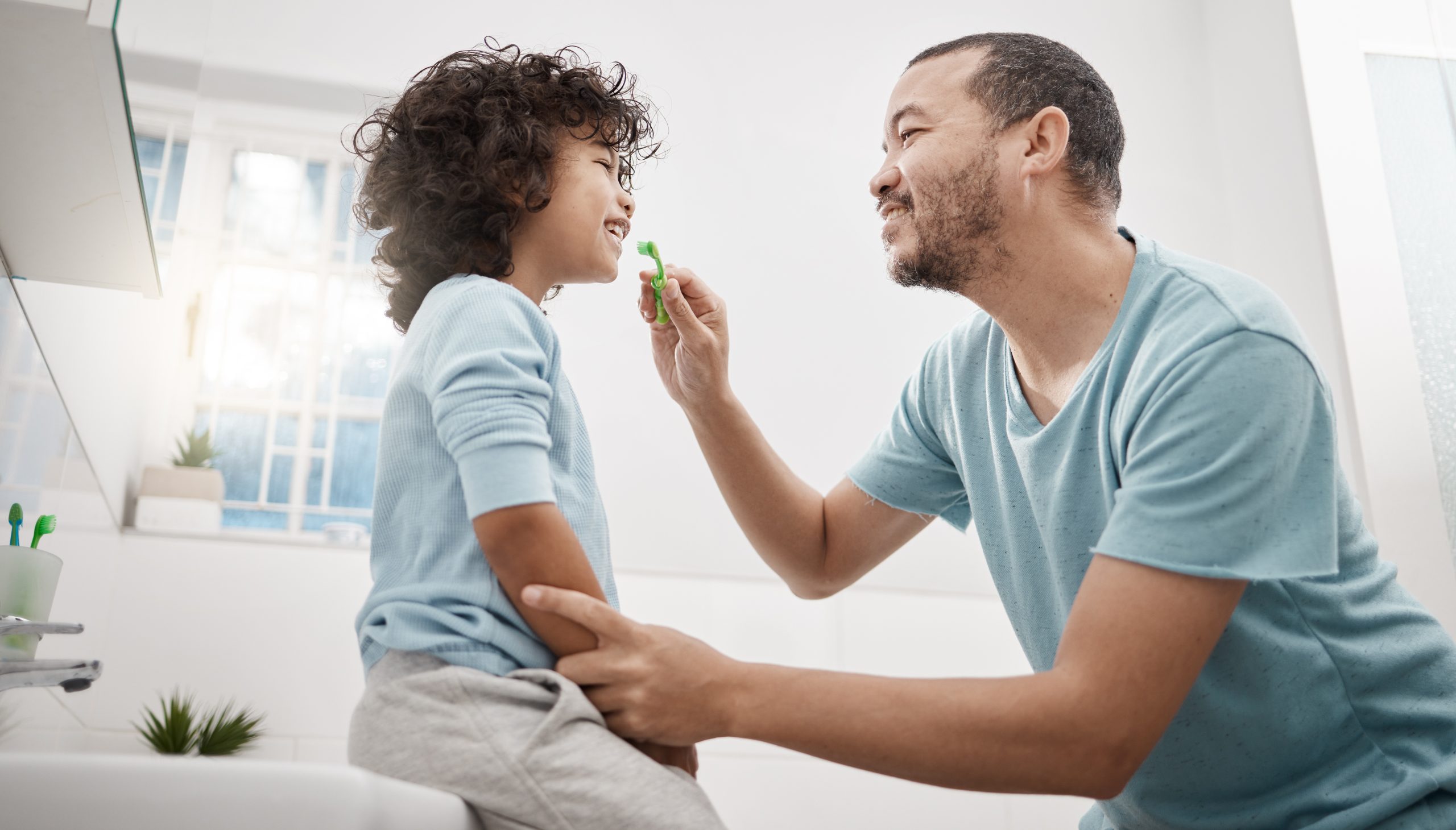
Dental hygiene of the very young is an object of concern for parents. After the eruption of the first milk teeth, a thousand doubts arise regarding the process to follow. It should be explained to avoid dental problems such as cavities or the accumulation of dental plaque or tartar.
Of note, childhood caries can be the cause of toothaches in children (in most cases, it goes unnoticed). Likewise, a long-standing infection in a temporary tooth can affect the permanent tooth. Thus, correcting bad habits at a young age is important. Thumb sucking, while common in infants, is one of the main causes of malocclusion after orthodontic treatment a few years later.
Pacifier use should be eradicated by the end of the first year of life. It is also important to emphasize that impregnating the pacifier in honey, sugar, or condensed milk to calm the infant is another harmful habit, having the worst cariogenic consequences at that age.
Oral hygiene of babies
The oral hygiene of your children does not begin with the eruption of milk teeth. Although an infant is only a few days old, it is essential to maintain a regular routine of hygiene of the gums and tongue with clean gauze immersed in water, since milk remains of milk may cause an oral disease.
At what age can children start brushing their teeth?
From the moment the first milk tooth comes out, it is important to brush it with a soft bristle child’s toothbrush and water; as the child grows, a full brushing routine should be adapted.
From the age of two or three, when there are more baby teeth, start cleaning the teeth with a child’s toothbrush and a very little amount of toothpaste (the size of a drop of water). It is best to do it as a family and in front of a mirror, since they can see how you do it.
From the age of three to six or seven, you have to increase the amount of toothpaste on the brush (about the size of a kernel of corn). Although it is recommended that you do it with the child since they generally do not like to brush their teeth, from this moment on, you can involve them so they adopt it as a routine.
After the age of six they can start brushing their teeth on their own. Remind them of the movements they have to do so the hygiene is totally effective. Monitor how they do it to make sure their procedure is correct and that they apply the right amount of paste, as many children tend to deposit way too much.
Prevention
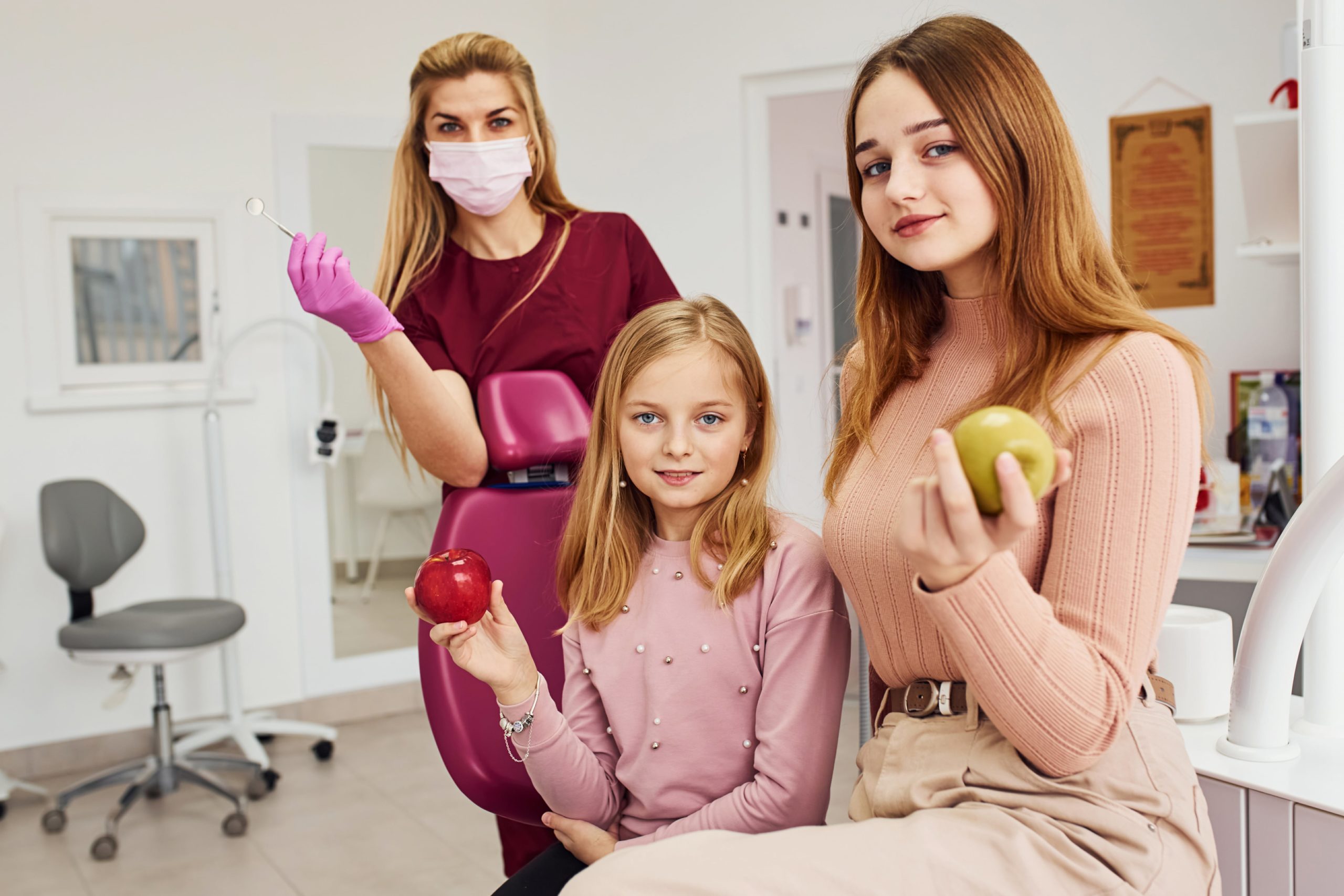
It is very important for children to visit a dentist from a young age. The dentist will carry out periodic check-ups and educate the child and their parents so they can maintain good oral hygiene. Your child never suffers from dental caries.
Making the dentist a habit will save your child from future problems, gum disease, and the expenses they entail. This can be prevented with check-ups every six months.
It is important to take good care of baby teeth, despite their temporary nature, to avoid possible issues. Early advice and counseling from a dentist means that your child will never suffer from a toothache or have to undergo dental anesthesia.
The earlier the dental visits begin, the earlier the hygiene and oral health measures will be reinforced. When issues such as dental caries are detected early, a pain-free and anxiety-free relationship with the child-patient will be facilitated, allowing the dentist to make an early evaluation of the development of the teeth and bones to spot problems that could lead to possible occlusion alterations.
Withon-going guidance, the dentist will address the most important aspects of pediatric dentistry not only to resolve the doubts of parents and their young patients, initiating concrete actions to promote good hygiene and oral health, but also to promote awareness about the future relationship between the patient and the dentist.
Contact us
If you have any questions about teething symptoms of toddlers, contact us at Channel Island Family Dental or our Facebook page. We look forward to your visit and will make a timely diagnosis of your condition. Our dentists in Oxnard, Santa Paula, Ventura, Newbury Park ,and Port Hueneme will guide you towards the best treatment to take care of your oral health and create your best smile.



